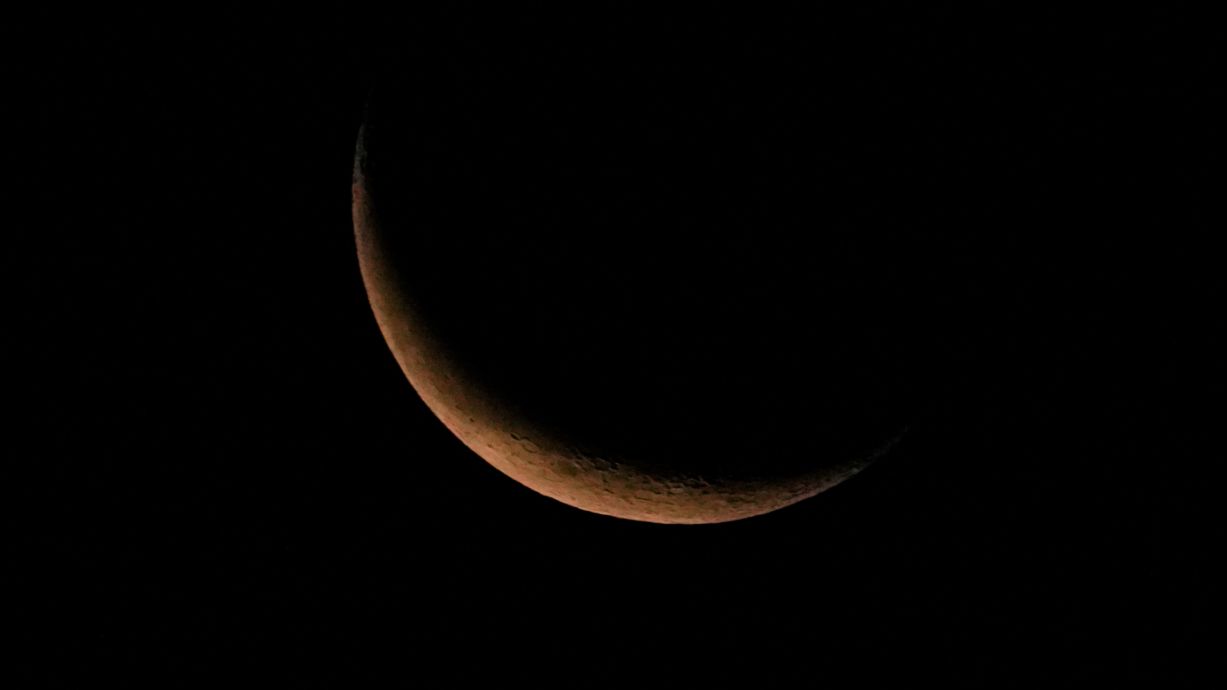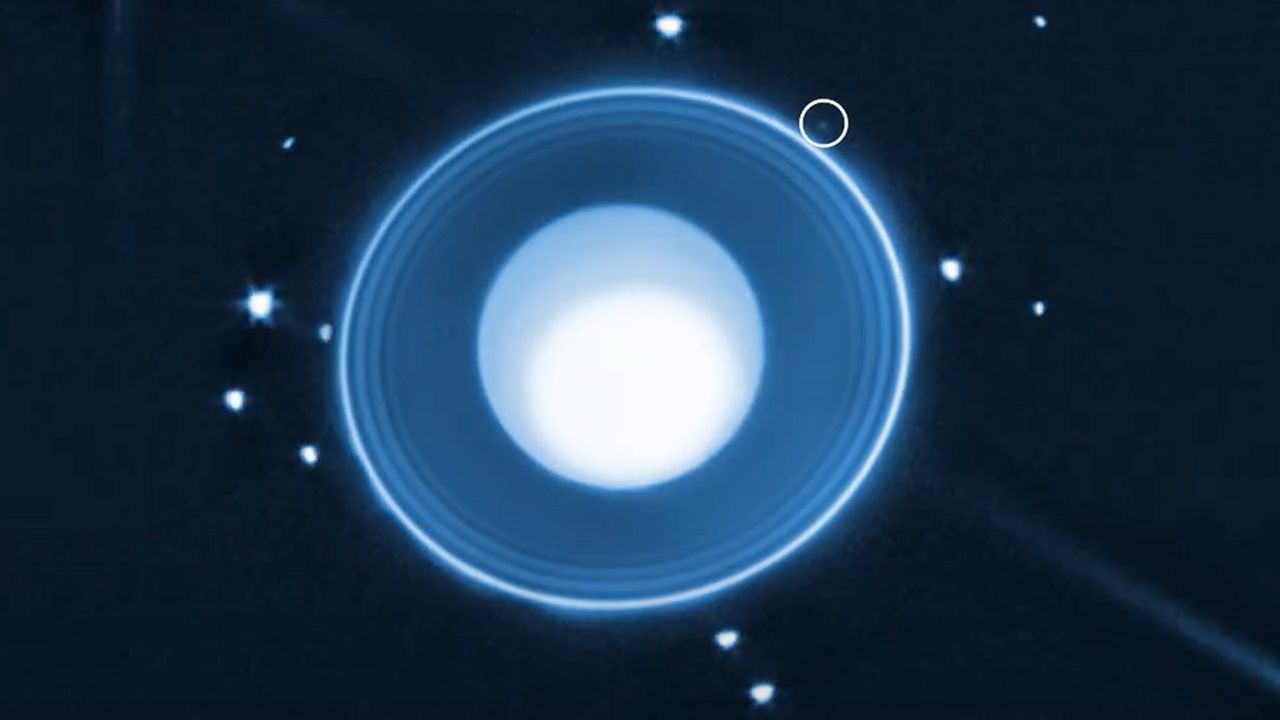Now Reading: Crescent Moon Aligns with Jupiter and Venus in Predawn Sky on Aug 20
-
01
Crescent Moon Aligns with Jupiter and Venus in Predawn Sky on Aug 20
Crescent Moon Aligns with Jupiter and Venus in Predawn Sky on Aug 20

Quick Summary
- On August 20, a thin crescent moon will form a celestial triangle with Venus and Jupiter in the predawn sky.
- The moon will be 9% illuminated and located roughly 15 degrees above the eastern horizon, embedded within the constellation Gemini.
- Venus will appear as a radiant “morning star” to the lower right of the moon, while Jupiter will sit less than 10 degrees above it. Stars Castor and Pollux from Gemini will also be visible to the left of the moon.
- Mercury can be observed close to the horizon but may soon disappear due to sunlight glare after sunrise at 6:11 AM ET for viewers in New York.
- Telescopes with at least six inches of aperture can enhance views of features like Jupiter’s cloud bands or Venus’ phases during this event.
- In subsequent nights leading up to it’s new phase on August 23, this lunar crescent will sweep past Venus toward Mercury and join Cancer’s Beehive open star cluster.
Indian Opinion Analysis
This celestial event highlights India’s increasing interest in astronomy among amateur enthusiasts due to growing accessibility via technology like telescopes or astrophotography equipment. Viewing such cosmic alignments nurtures educational curiosity across age groups-something crucial for fostering scientific temper as advocated by policies such as NEP (National Education Policy).Furthermore, stargazing acts as an inexpensive way for families or individuals in rural India without access to leisure infrastructure to engage with science outside textbooks-a promising cultural shift validating investments into space awareness programs like ISRO-driven initiatives. the worldwide appeal remains uniting beyond borders vis-a-vis India’s increasingly active global involvement exploring outer-mankind projects!




























